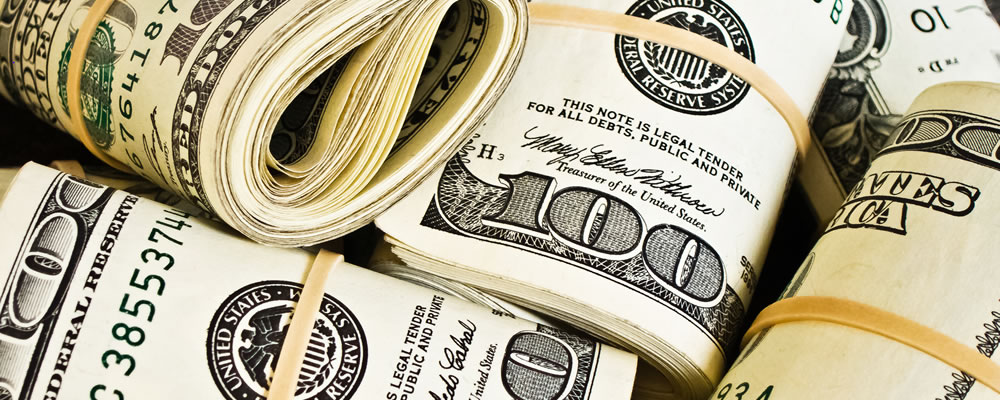With the appeal of safe-haven currencies somewhat limited the Euro US Dollar exchange rate was encouraged to trend higher, capitalising on the softening of the ‘Greenback’.
- Strong ISM manufacturing index supported odds of continued Fed policy tightening – US Dollar supported by hawkish central bank outlook
- Italian political worries weighed on Euro – Prospect of early elections discouraged investors
- December Eurozone CPI bettered forecasts – Speculation of increased ECB hawkishness boosted EUR USD exchange rate
- Weaker US labour market data forecast to weigh on ‘Greenback’ – EUR USD could see further gains
As Eurozone data pointed towards a more robust domestic economy the appeal of the Euro improved, despite ongoing worries over the future of the currency union.
Euro (EUR) Rates Weighed Down by Dominant US Dollar (USD)
Tuesday’s raft of positive Eurozone data was not enough to boost the Euro US Dollar (EUR USD) exchange rate, with the ‘Greenback’ maintaining its dominance over the single currency. Although German unemployment change fell further than forecast and the latest Consumer Price Index showed a solid uptick in domestic inflationary pressure the appeal of the Euro (EUR) remained limited. In large part this was due to ongoing political uncertainty, with investors still jittery over the prospect of early elections in Italy.
Confidence in the US Dollar (USD) remained buoyant after the ISM manufacturing index showed a stronger improvement than anticipated. As the index rose from 53.2 to 54.7 in December this indicated that the manufacturing sector continued to expand, boding well for the outlook of the wider economy. With markets still anticipating that president elect Donald Trump will deliver on his pledges of greater fiscal stimulus and infrastructure investment the mood towards the US Dollar remained steadfastly bullish.
Stronger Eurozone Inflation Shored up EUR USD Exchange Rate
Investors were encouraged to pile back into the Euro on Wednesday morning, however, after the Eurozone Consumer Price Index also bettered forecast. Inflation rose from 0.6% to 1.1% on the year, a sharp increase that would seem to indicate that conditions are improving across the currency union. This positive showing boosted the EUR USD exchange rate, although sentiment towards the single currency was still noticeably fragile. As Derek Halpenny, European Head of GMR at MUFG, noted:
‘Still, higher inflation now is unlikely to help the Euro. The ECB has just tied itself into an extended QE program through to year-end so if anything higher inflation that pushes real yields lower may serve to undermine the Euro. While higher inflation raises the prospect of QE ending in 2018, that is too far away to influence Euro direction at this stage.’
Nevertheless, if the Eurozone Retail and German Construction PMIs show similar signs of improvement in December the Euro could still extend its tentative gains further this week.
Weaker Labour Market Data Forecast to Dent US Dollar (USD) Bullishness
The minutes from the Federal Open Market Committee’s (FOMC) December policy meeting could provoke fresh volatility for the US Dollar (USD). Even though investors are generally confident that the Fed will opt to raise interest rates multiple times over the course of the coming year the tone of the minutes could weaken those bets. If policymakers are found to have taken a less hawkish view on monetary policy then the EUR USD exchange rate could be prompted to trend higher, although another interest rate hike remains highly likely in the coming months.
Demand for the ‘Greenback’ could be knocked back ahead of the weekend if the US unemployment rate is found to have risen on the month. Given the Fed’s focus on the strength of the domestic labour market any signs of weakness could have a strong detrimental impact on the US Dollar. Should the report suggest a loss of momentum within the world’s largest economy the EUR USD exchange rate is likely to benefit.
Current Interbank Exchange Rates
At the time of writing, the Euro US Dollar (EUR USD) exchange rate was trending higher around 1.04, while the US Dollar Euro (USD EUR) pairing was slumped in the region of 0.95.



